
Stocksy | Design by Chloe Jeong.
It’s Eco Week, which means we’re digging into the best in sustainable beauty, from our annual Eco Beauty Awards to what it really means to follow a zero-waste beauty routine. Consider this week your education on how to be a more eco-aware, knowledgable beauty consumer.
When it comes to the environment, the beauty industry can be a pretty ugly place. From chemical UV filters killing off coral reefs to the reported 120 billion units of plastic packaging produced each year (most of which is unrecyclable), there are myriad ways our favorite products are damaging the Earth.1The statistics have been both a wake-up call and a rallying cry for us to take action and demand that beauty companies do better and make a concentrated effort to clean up their act. And, thankfully, it looks like they are listening.
At this point, endeavors like post-consumer recycled packages (packaging made from already recycled materials) are becoming the norm and many brands are experimenting with waterless formulas and refillables. But, it’s not just eco-conscious indie brands—beauty giants like L’Oréal, Unilever, and Procter & Gamble are putting their considerable resources towards funding new initiatives to reduce waste, invest in alternative energy, and find more eco-friendly ways to formulate products.
So-called “Big Beauty” gets a bad environmental rap due to the scale of their businesses, which is not a totally unfair accusation—the sheer amount of products they produce and the impact that has on the environment is vast. However, they also have the money, access, and brilliant scientists needed to solve some of the biggest global eco-crises we now find ourselves in.
“It’s so important for the beauty industry to recognize its responsibility and work to reverse its environmental impact,” notes Esi Eggleston Bracey, Unilever EVP & COO of North America Beauty and Personal Care. “If left unchecked, climate change threatens everything from agricultural value chains, food security, water scarcity, and puts negative pressure on global growth. We have reached a point where we need to drastically consider our environmental impact or we won’t have a planet for future generations.”
With that in mind, we talked to six of these major beauty players to learn what they are doing to re-shape their business—and the industry as a whole—to be better for the planet. From a high-tech new way to recycle to sustainable sourcing, here’s how Big Beauty is working behind the scenes to transform business as usual into a more environmentally conscious endeavor.
Editor’s Note: Each company we interviewed had multiple initiatives around almost every facet of their business, however for the purposes of this piece we chose to highlight the most innovative from each.
of 06
Procter & Gamble: Smart-Tech Recycling
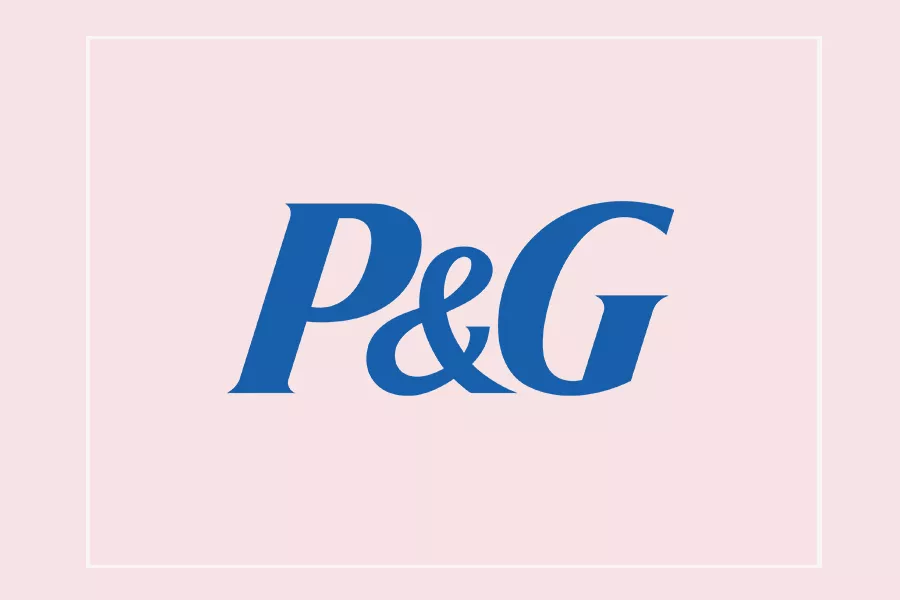
Reality is bleak: According to a massive 2017 study on plastics, of the 8.3 billion metric tons of plastic waste produced since the 50s, 6.3 billion of it became waste. And, only nine percent of that plastic waste was recycled.2Even bleaker? Remember those blissful days of ignorance where we thought that everything we put in our little blue bins was headed off to a recycling plant to be properly sorted and recycled into a new, eco-friendly container? Much of it actually becomes trash for various reasons that range from contamination to issues at sorting facilities.
This is an issue that resonated deeply with Gian de Belder, technical director, R&D packaging sustainability, with Procter & Gamble, who is among the heads of a collaborative global initiative around smart recycling—code name Holy Grail 2.0. Led by P&G, the coalition of 30+ companies in all sectors, from packaging to manufacturing—and including competitor L’Oréal, in an inspiring example of rivals coming together for the greater good—has invested in improving the sorting process at recycling plants using something called digital watermarking.
As de Belder explains it, digital watermarking is a technology that has been around for some time, but has not been used for this particular objective. Digital watermarks are images that are embedded into a packaging design so that it is undetectable by the human eye. These watermarks, which resemble barcodes, are printed all over the package to identify (via a special tracking camera at the sorting facility) if it is food-grade plastic or not, if it can be recycled, and where it should be sorted. By ensuring more plastics are properly sorted, it is meant to help increase the “circular economy,” meaning more post-consumer packaging is put back into the marketplace—which leads to less waste and less reliance on “virgin” (a.k.a. new) plastics.
However, stresses de Belder, this sorting technology will only impact the plastic coming from those who recyclable, and only 34 percent of waste is actually recycled.3“One of the biggest bottlenecks we have right now is that not enough consumers are [recycling],” he says. “Obviously none of the plastic packages we are developing are supposed to go into the environment. Solving separation is just one bottleneck—we need consumers to do the right thing and collect their packaging in their recycling bins.”
Another way P&G is helping with recycling is by eliminating plastics altogether in some products. In 2020, the company introduced all-paper, plastic-free deodorant tubes for select products in its Secret and Old Spice brands. “If we convert just 10 percent of our current deodorant packages to recycled paper or another recyclable material, it could eliminate up to 1.5 million pounds of plastic waste annually,” said Anitra Marsh, vice president of global sustainability, citizenship, and brand communications, P&G Beauty. “This is just one example of how we are trying to make a difference and build a more sustainable future.”
of 06
Kao: A Breath of Fresh Air
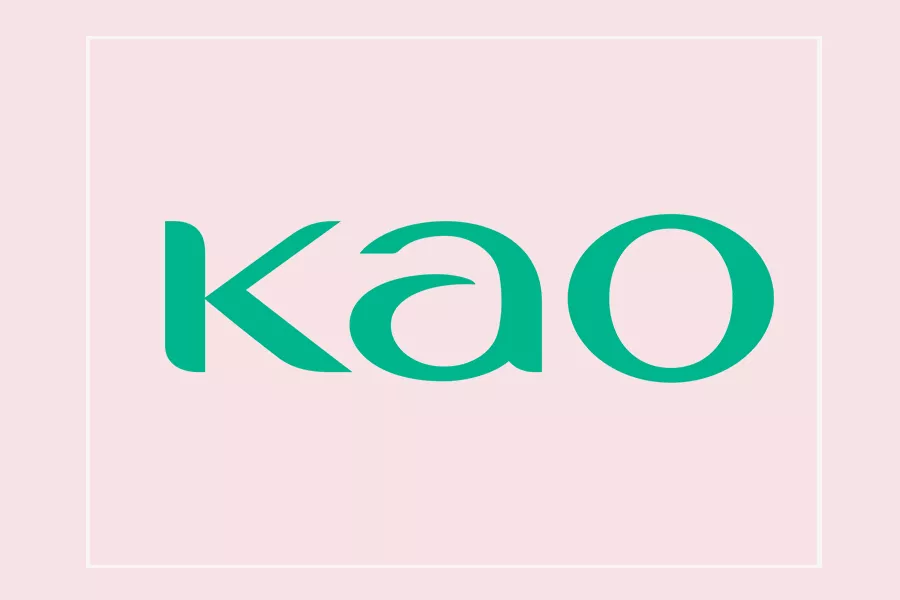
Japanese company Kao is also using high-tech developments to decrease plastic waste, both for those who recycle and those of you who, for whatever reason, still don’t. The brand’s MyKirei line takes the very spartan refill pouch concept and turns it into a sustainable piece of functional modern art.
Called the “AIR Bottle”, the package is actually a pouch that has had its seams filled with air to give it rigidity. This gives it the same structure as a traditional plastic bottle, but uses 50 percent less plastic, according to the brand. The brand claims that it also enables you to get “every last drop” from the package, so there is no product waste, and the formulas are 96 to 98 percent biodegradable, so they decompose into non-toxic substances in 28 days or less, the brand says.
“Our goal with the AIR bottles and the refills we are offering is that we will help to eliminate that large number of recyclable packages that are piling up in the landfills,” explains Karen Frank, executive officer at Kao corporation. “Even if the consumer doesn’t do their part and recycle post-consumption, we will bring that amount of landfill plastic down significantly.”
of 06
Unilever: Water Works
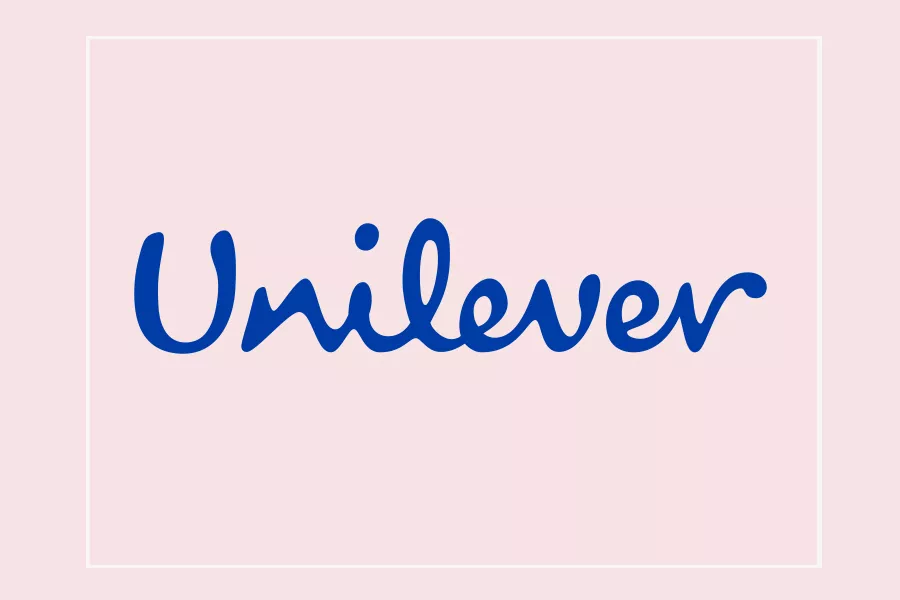
While we know how important it is to keep plastic pollution out of our oceans, there’s more to protecting our waterways than just recycling your bottles. “Only 2.5% of the planet’s water is fresh and of that 2.5%, only a fraction is easily accessible, with most trapped in glaciers,” notes Sonika Malhotra, senior global marketing director for Unilevers Premium and Masstige Hair Portfolio and cofounder of Love Beauty & Planet. “That means less than 1% of the planet’s water is available to fuel its 6.8 billion people.”
In an effort to both conserve and protect that precious fresh water, Unilever has been working with its brands on new initiatives and product innovations, the two most prominent of which come from LBP/LHP and Seventh Generation.
For Love Beauty and Planet, the company has introduced concentrated formulations that require less product to get the same results. Just like the concentrated laundry detergents that let you use a small capful instead of a full one, these new shampoos and conditioners are tiny but mighty. “They are designed to provide the same great beauty benefits with half your usual dose,” says Malhotra. “These products give a little extra love to the planet because they require less water to make and enable us to use smaller (6.75 oz.), post-consumer recycled bottles with 30% less plastic compared to our 13.5 oz. bottle.”
Seventh Generation turned its water focus to what happens to products after they go down the drain with its “Zero Waste To Water” initiative. “More than 60,000 chemicals are used in products that could go down the drain and yet fewer than 100 are restricted, even if they are toxic and do not biodegrade,” explains Kay Gebhardt, Seventh Generation’s senior scientist, sustainability and authenticity. “Instead of sticking around and potentially causing harm, the ingredients in our formulas can be broken down harmlessly by microbes in nature—back to simple things like carbon dioxide and water.”
of 06
The Estée Lauder Companies: Alterna-Energy
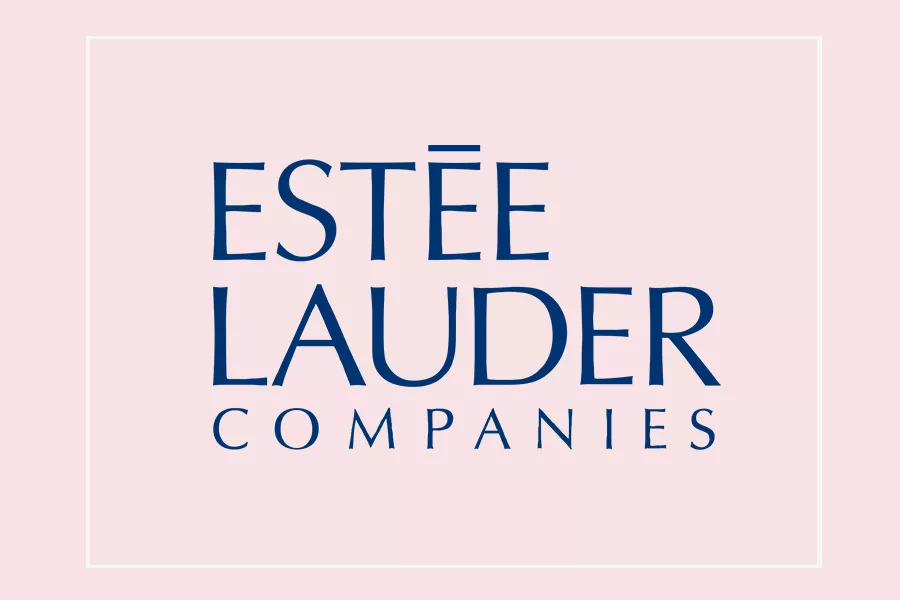
For The Estée Lauder Cos., climate change is front and center in their eco-agenda. “This is a critical decade for climate action and, as a signatory of the Paris Agreement, The Estée Lauder Companies is part of the global business community committed to taking bold action to address climate change,” says Nancy Mahon, Senior Vice President of Global Corporate Citizenship and Sustainability at The Estée Lauder Companies. “We know that our actions today have implications far beyond our business and we will continue to tackle climate change as part of the collective effort to safeguard the planet for this generation and those to come.”
To that end, the company set a target goal to reduce emissions and increase its use of renewable energy sources. In 2019, it was the first prestige beauty company to sign a virtual power purchase agreement (VPPA) with a wind farm in Oklahoma, the company’s largest renewable energy agreement. This is in addition to the solar farms and installations it already has invested and continues to invest in and build in an effort to transfer its manufacturing facilities, labs, and operational buildings to renewable electricity.
Says Mahon, “The release of greenhouse gasses into the atmosphere have significantly contributed to the rapid rise in global temperatures during recent decades, and we are all experiencing the consequences. Collectively, increasing our use of renewable energy solutions, such as solar and wind power, will decrease the release of greenhouse gases into the atmosphere and will help to mitigate the effects of climate change.”
of 06
LOréal: Decreased Deforestation
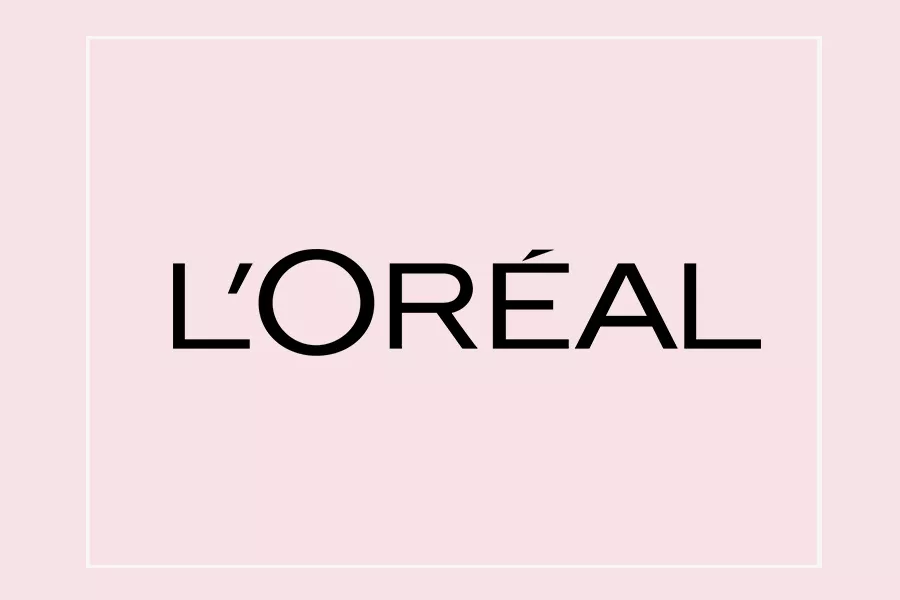
The raw materials used in many of our favorite beauty products can create some very dire consequences for the environment. One of the most devastating of those is palm oil, which is a common ingredient in a large amount of beauty and food products. The majority of the world’s palm oil comes from Malaysia and Indonesia, where palm oil companies are destroying acres upon acres of forests to farm it. That deforestation leads to an increase in greenhouse gases, as well as displacing many indigenous species like orangutans, which are being pushed towards extinction as their homes are destroyed.4
In an effort to halt this harmful practice, L’Oréal has made sustainable palm oil a commitment for the company, that means working to follow the guidelines set by the Roundtable on Sustainable Palm Oil (RSPO) on using only Certified Sustainable Palm Oil (CSPO). Additionally, in 2014, the company started the task of tracing palm oil derivatives from their suppliers back to their original sources in order to ensure they are sustainable in every step of the process, from growing to harvesting to refining.
of 06
Coty: Ethical Mica
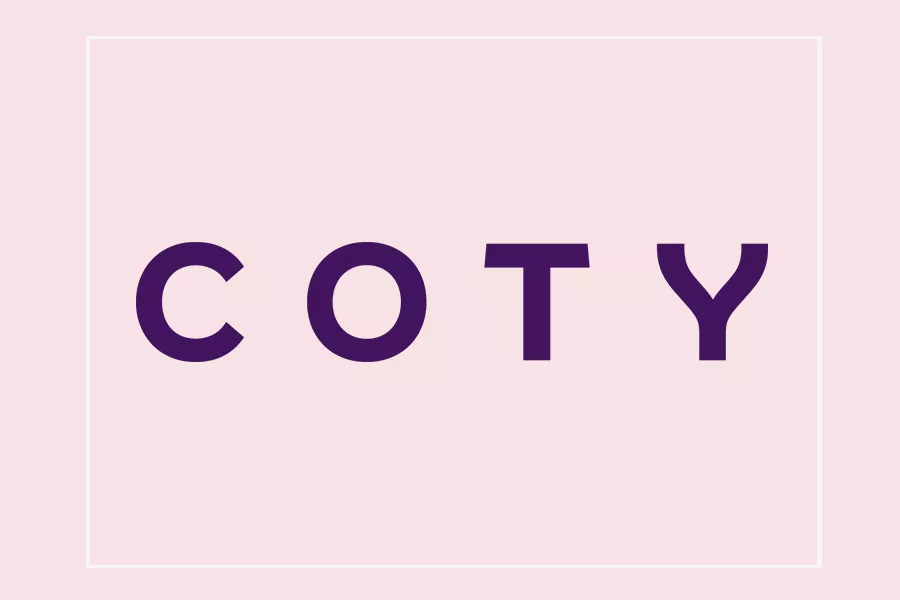
Another company looking to make a positive impact on a problematic ingredient is Coty, who zeroed in on mica, the mineral most commonly used to add shimmer to your favorite cosmetics. The issue with mica, in case you weren’t aware, is that the much of it comes from illegal mines in India and Madagascar that use child labor forces to pick mica.5
As a founding member of the Responsible Mica Initiative, Coty has made it a company mission to establish that mica exports are fully traceable to source mines and processing units in an effort to ensure that their supply is coming only from responsible mines.
The Takeaway
All of these initiatives are definitely a great start, but there’s still a lot of ground to make up. As new evidence of the damage we are doing to the planet becomes apparent, brands large and small need to step up and use their resources to help create actionable, far-reaching change. As Mahon puts it, “People of all ages are increasingly looking to businesses to play a role in solving the world’s biggest problems. When it comes to climate, beauty companies have made strides in setting emissions reduction targets, but there are still opportunities to understand, adopt, and scale the most effective ways for us all to reach those goals and targets.”
To that end, we as consumers need to do our part to support those brands that are putting their money where their mouths are. So, do your research on things like supply chains and ethical sourcing, step up your recycling habits, and think about the effect your ride-or-die products have on the environment.Sustainability shouldn’t be an afterthought—the more brands and people that commit to being truly eco-conscious, the more likely we are to make it our new normal.
Article Sources
Nciri N, Kim N, Caron A. Unlocking the hidden potential of cosmetics waste for building sustainable green pavements in the future: a case study of discarded lipsticks. Molecules. 2022;27(5):1697. doi:10.3390/molecules27051697
Geyer R, Jambeck JR, Law KL. Production, use, and fate of all plastics ever made. Sci Adv. 2017;3(7):e1700782. doi:10.1126/sciadv.1700782
United States Environmental Protection Agency. Advancing sustainable materials management: 2015 fact sheet. Updated July, 2018.
International Union for Conservation of Nature. Palm oil and biodiversity.
U.S. Department of Labor Bureau of International Labor Affairs. List of goods produced by child labor or forced labor. Updated June 23, 2021.